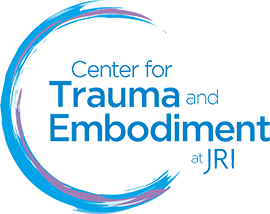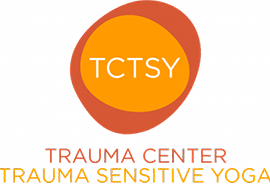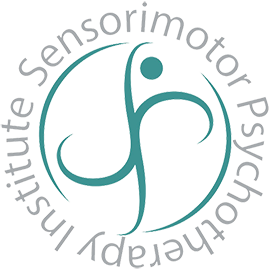A Model of Trauma
When faced with perceived or imagined danger the brain automatically turns on an adrenaline stress system – our thinking brain shuts down and we go into survival mode. Sometimes we can put this experience behind us. Other times, if the experiences have been repetitive, we can be left with intense symptoms that tell our story without words and without the understanding that we are remembering events and feelings from long ago.
The activation of survival responses can also become a habit, for example withdrawing or hiding may have originally been adaptive but later in life it may contribute to excessive isolation and sadness.
My approach to my work is profoundly informed by trauma theory, attachment theory and their underpinning neuroscience research. Mine is a phased approach to working with trauma which follows the 3 stages of recovery developed by Judith Herman:
It’s important to understand that recovery is not a simple linear process. It can be complex, with people moving through these stages at a different pace and often revisiting stages.
I have completed intensive trainings in the following evidence-based therapeutic modalities which are proven effective in addressing Complex Trauma, attachment trauma and PTSD.
Sensorimotor Psychotherapy
The Sensorimotor Psychotherapy model, developed by Dr Pat Ogden, offers the possibility to mindfully study the way your body organises experience around health and wellness, your emotional/attachment wounds and symptoms of trauma. Experiential in nature, the process begins, with mindful awareness, to notice and report immediate bodily sensations or experiences in relation to a theme or memory. This model helps with expanding self-management resources and allowing the safe completion of previously interrupted sensations due to trauma, and which reinforce a person’s sense of “stuckness”.
Internal Family Systems
The IFS (Internal Family Systems) model of therapy, developed by Dr Richard Schwartz, has its origins in systems thinking and the multiplicity of the mind. It proposes that all individuals have a Self (core, soul or internal leader), which doesn’t need to be cultivated or developed because we are born with it. It also acknowledges we have parts or aspects of our personality that we are born with too, which have positive intentions and are not a sign of pathology.
With trauma, parts are often forced to take on extreme protective roles or to carry the painful experiences. The IFS guided process can help release parts from their extreme roles and repair the chasm created between parts and the Self as a result of trauma or wounding. Parts are then able to restore trust in Self-leadership and fluidly integrate back into the whole system.
Trauma Informed Stabilisation Treatment (TIST)
The TIST model of therapy was developed by renowned clinician and author, Dr Janina Fisher, to specifically address complex dissociative symptoms and the fragmentation often observed in severe trauma. It is an integrative model blending internal family systems and sensorimotor psychotherapy principles, addressing complex trauma symptoms, including self-harm and aggression. It provides resources for understanding and integrating fragmented parts, leading to improved self-regulation and resilience.
Self Psychology
Self Psychology is a modern psychodynamic model of therapy developed by Heinz Kohut which recognises empathic attunement as an essential aspect of the therapeutic process – the ability of the therapist to understand the experience from the client’s perspective.
This model is seen as a major break from traditional psychoanalysis and is considered the beginnings of the relational approach to psychoanalysis. Its basic premise is that where parents and primary caregivers fail to provide consistent empathic responses, and where development is further derailed by trauma, a child will inevitably struggle to develop a healthy sense of self and self-esteem.
Self Psychology is a beneficial model of therapy to help people consider how their early experiences may have contributed to the formation of their sense of self. The therapeutic relationship is seen as a space within which adaptive interpersonal dynamics and survival resources can be made conscious, and so lend themselves to change.
TCTSY
Trauma Centre Trauma Sensitive Yoga
TCTSY is an evidenced-based intervention underpinned by Trauma Theory, Attachment Theory and cutting-edge Neuroscience Research to address the effects of Complex Trauma and treatment resistant PTSD. Yoga forms are used as a vehicle through which you may experience attuning to your body in a safe and holding environment.
TCTSY assists with reactivating specific areas of the brain which commonly go 'off-line' during trauma, most importantly the insula, the site which receives and processes sensations from the body. Reconnecting or connecting with physical sensations, in measures carefully titrated by the TCTSY Facilitator, assists with your capacity to tolerate and regulate challenging sensations and emotions as they emerge both on and off the yoga mat.









